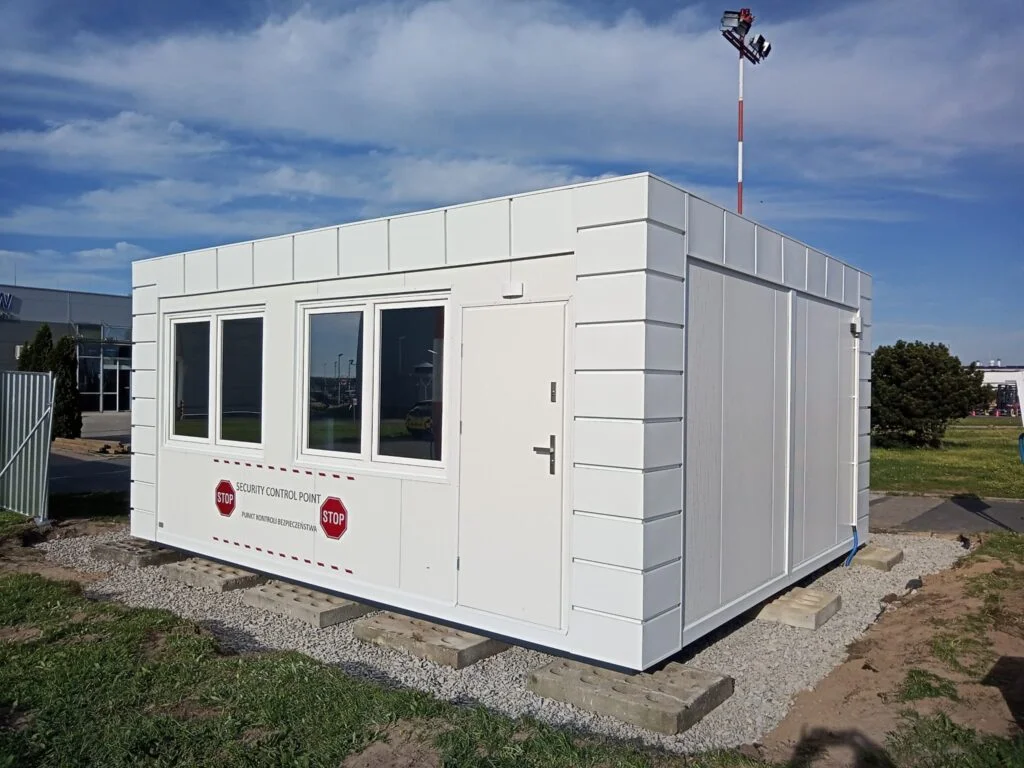How Modular Containers Are Used in Schools and Education Facilities

Schools often need extra space fast—without long construction timelines. Modular containers provide quick and flexible solutions for classrooms, offices, and other spaces.
Modular classrooms as fast and practical space extensions
When student numbers increase or schools undergo renovation, waiting for traditional construction isn’t always an option. That’s where modular classrooms offer a clear advantage. They provide usable, ready-to-equip space in a short amount of time. These structures are built off-site and delivered almost complete, meaning schools can avoid months of on-site disruption.
Whether used as science labs, language rooms, or arts spaces, these units can be tailored to meet specific educational needs. Some schools use them temporarily during upgrades, while others use them long-term to accommodate growing student populations.
In most cases, installation can be done over a weekend. This allows schools to remain fully operational, without sacrificing valuable teaching time. As budgets and space requirements shift, these modular solutions adjust easily.
Container school buildings help manage unexpected challenges
Not all educational institutions plan for fast growth, but many face it. New housing developments, increased enrollment, or local school closures can suddenly shift demand. In such cases, container school buildings allow schools to respond quickly—without compromising on teaching quality.
These buildings are:
- Durable enough for daily use
- Easy to transport and relocate
- Adaptable to different teaching styles
Container school buildings are also useful in cases of emergencies—such as flood damage or fire—when existing buildings become unusable. They ensure that education continues uninterrupted, even when traditional spaces are temporarily unavailable.
What makes them especially practical is the ability to link multiple units to create connected learning spaces, hallways, and even restrooms—all within the same modular system.
Temporary school offices that fit administrative needs
Growth in student population doesn’t only affect classrooms—it also puts pressure on administrative space. Temporary school offices can offer a fast and practical office environment for principals, counsellors, and support staff.
There are several advantages:
- Space can be added where needed, not just where there’s a building
- Interior layouts are highly customizable (desks, cabinets, meeting rooms)
- Installation requires minimal groundwork and interruption
Temporary school offices can serve as the main admin block during a renovation or be used to house additional staff after hiring expansions. Either way, they provide schools with flexibility to adapt without incurring permanent commitments or expensive construction projects.
They also help with managing student services. For example, schools that expand psychological or special education support teams can create dedicated areas to operate efficiently.
Education facility modular units: more than just classrooms
It’s easy to associate container buildings with classrooms, but education facility modular units go far beyond that. Schools also use them as:
- Libraries and resource centres
- Staff lounges or meeting rooms
- First-aid or nurse stations
- Canteens or dining halls
Because education facility modular units can be fully insulated and equipped with HVAC, plumbing, and internet connections, they match the functionality of traditional buildings. The benefit? They arrive ready for use, without long construction timelines or infrastructure complications.
Some schools even repurpose units during the school year—for example, converting a testing centre into an extracurricular room, based on changing needs.
Modular solutions for schools save time and reduce complexity
One of the significant benefits of modular solutions for schools is the reduction in project management. Traditional building projects can require multiple contractors, long timelines, and uncertain costs. Modular builds simplify these processes.
Modular solutions for schools = Less risk + Faster results
All the structural work happens off-site, in controlled conditions, which means fewer weather delays and fewer surprises. Once delivered, most units only need foundation prep and utility connections before use.
Additionally, modular design enables scaling. If more space is needed next year, another unit can be added. This flexibility makes modular systems ideal for both short- and long-term planning.
Schools also benefit from predictable delivery times and consistent quality, regardless of external conditions—something that’s harder to guarantee in traditional construction.
Modular buildings for various applications in education
Schools aren’t the only places where modular buildings are useful for various applications. Modular buildings for various applications can also support training centres, universities, vocational schools, and after-school activity programs.
They’re particularly valuable in:
- Remote areas lack permanent infrastructure
- Urban schools with limited land space
- Programs that only run part of the year
Some schools use modular buildings seasonally, such as for summer schools or language immersion camps. In other cases, education providers operate entirely from modular campuses—especially in regions undergoing major redevelopment.
The ability to move, resize, or repurpose these buildings makes them ideal for institutions with evolving space requirements. And because the design can mirror existing buildings, they integrate well into existing school grounds.
How Global Home Containers supports schools with modular solutions
At Global Home Containers, we recognise that the evolving needs of education require constant adaptation. That’s why we deliver modular options that offer more than just square footage—they offer flexibility, speed, and durability.
Whether it’s modular classrooms, container school buildings, or temporary school offices, we create spaces tailored to your needs. Our education facility modular units are designed to help educators focus on teaching—while we handle the logistics of space.